The ancient secrets of Koonalda Cave
Koonalda Cave stands as one of Australia’s most remarkable Aboriginal heritage sites, located in South Australia’s western region. This extraordinary site gained National Heritage listing in 2014, recognising its profound importance in reshaping our understanding of Aboriginal art and occupation in Australia
Archaeological discoveries and dating
Archaeological evidence from Koonalda Cave has revolutionised understanding of Aboriginal history. Prior to investigations in 1956, researchers believed Aboriginal occupation dated back only 8,700 years. However, archaeological remains and finger markings in the cave were dated to at least 22,000 years ago, with some evidence suggesting occupation as early as 32,000 years ago.
Aboriginal art and cultural significance
The cave holds particular significance for the Mirning people and contains exceptionally well-preserved Aboriginal art. As the first identified site in Australia featuring Aboriginal art beyond natural light, the cave walls display dense geometric patterns of finger flutings, creating herringbone patterns, lattices, and grids across thousands of square feet.
Archaeological evidence indicates the cave served as an important silica mining site. Aboriginal people quarried chalcedonic quartz from the cave walls, transporting the material elsewhere for stone tool production. Excavations revealed quarrying pits up to six metres deep near the entrance, containing remnants of mining equipment.
The site’s National Heritage listing ensures protection of this significant cultural place for future generations. The heritage listing acknowledges both the archaeological importance and the continuing cultural connection of Traditional Owners to this remarkable site.
Location and accommodation
Koonalda Cave lies within Nullarbor National Park, approximately 100 kilometres northeast of Eucla in South Australia. While camping is not permitted at the cave site itself due to its cultural significance and protected status, several camping options exist in the broader Nullarbor region.
The Nullarbor Roadhouse, located along the Eyre Highway, offers powered sites and basic amenities. Bush camping is available at Koonalda Station and other designated spots throughout the Nullarbor Plain, including Eucla National Park and Border Village.
Travellers should note the remote nature of the region – temperatures can be extreme, and facilities are limited. Essential supplies, including water and fuel, should be obtained from major towns, as services across the Nullarbor are widely spaced.
Conclusion
Koonalda Cave represents a crucial piece in understanding Australia’s ancient history. Through its preserved finger markings, archaeological deposits, and evidence of mining activities, the cave provides invaluable insights into Aboriginal life during the Pleistocene period, confirming the extraordinary antiquity of Aboriginal occupation in Australia.

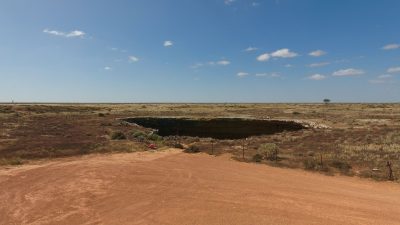
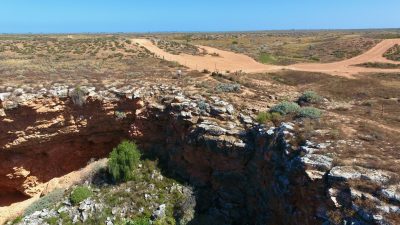
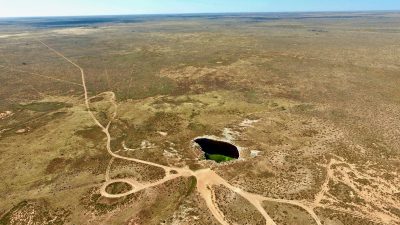
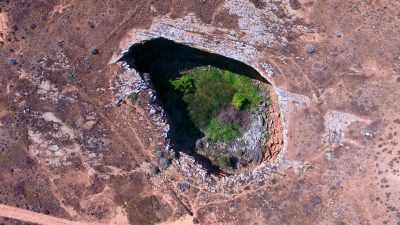
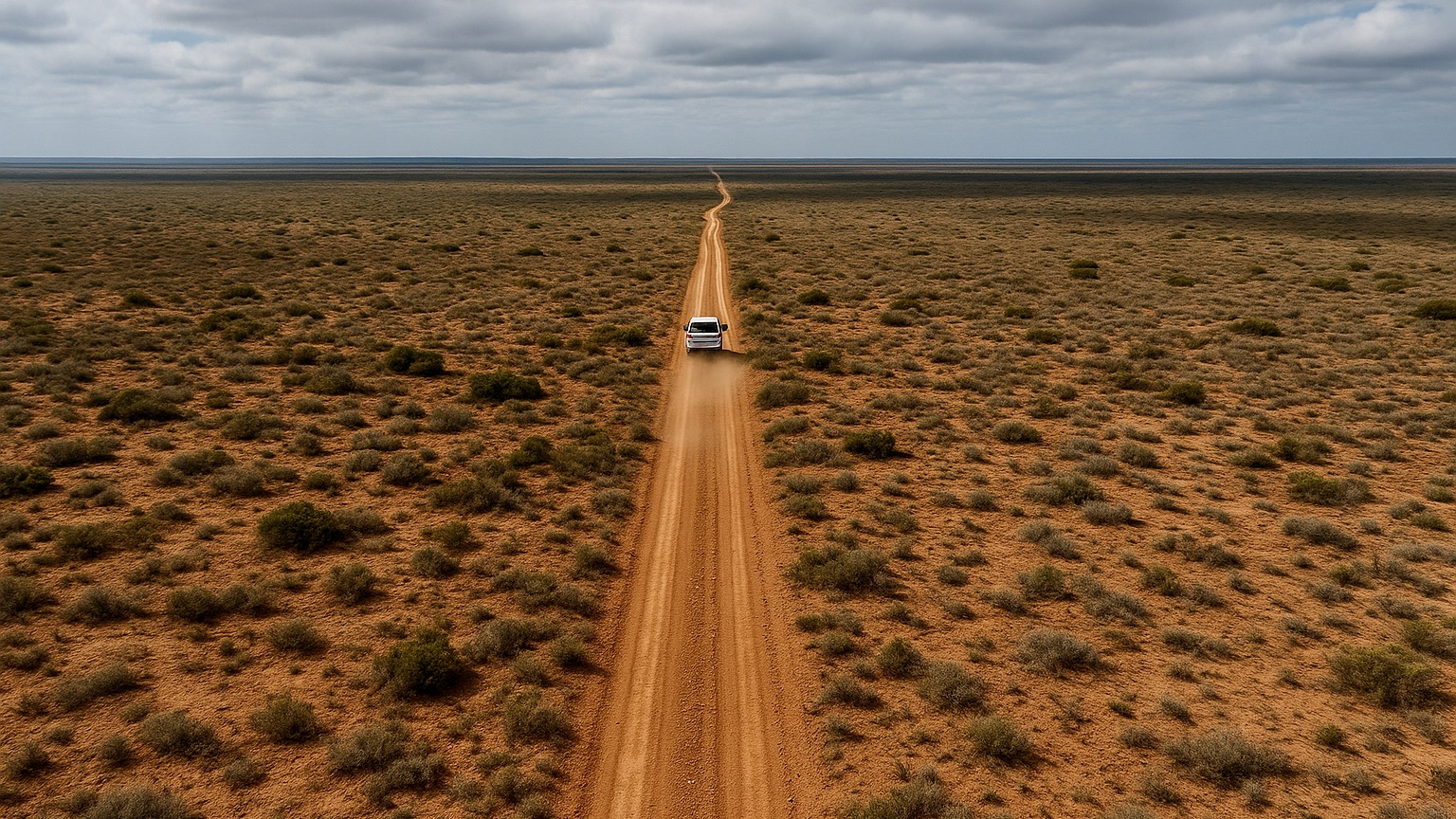

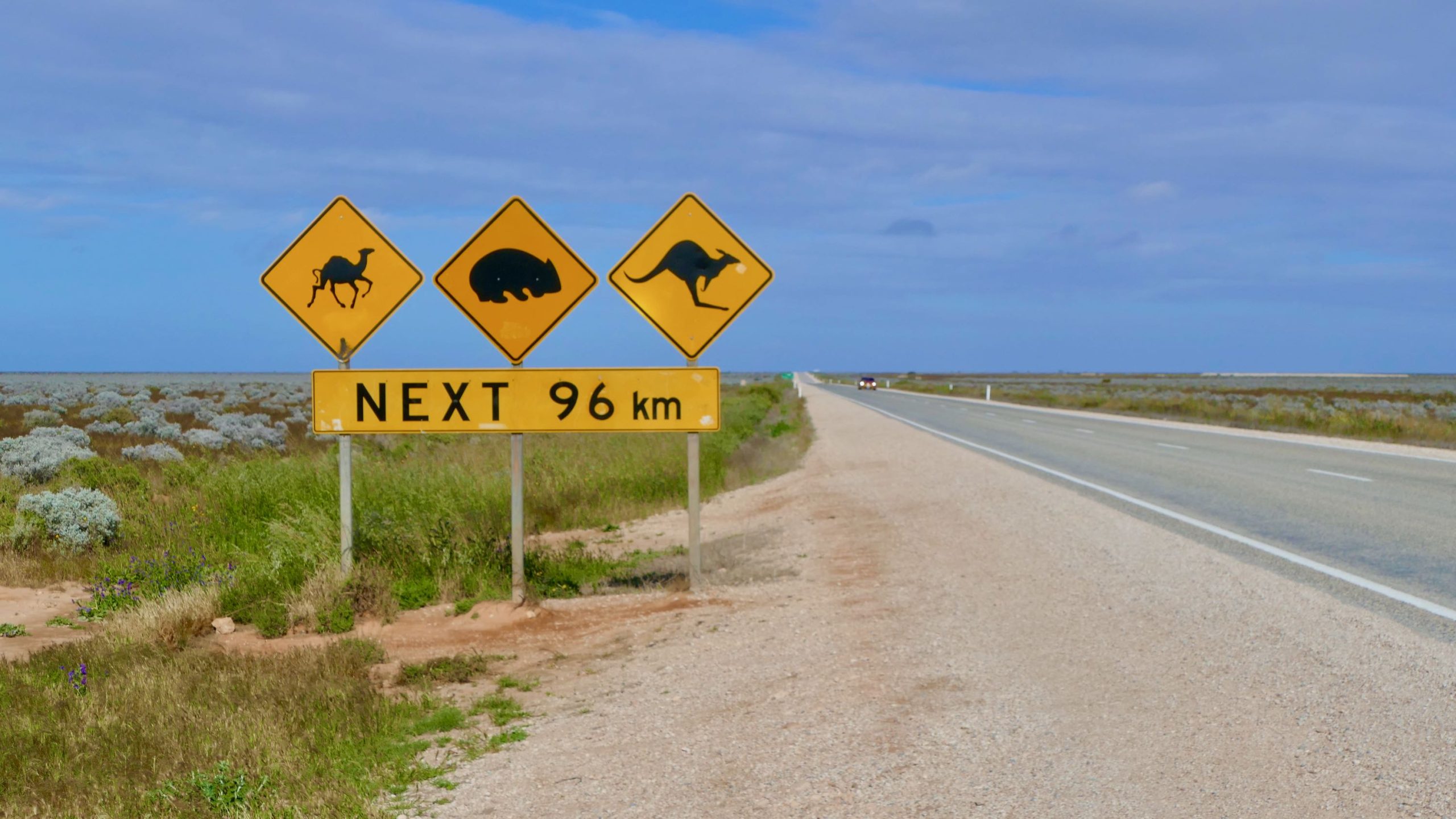
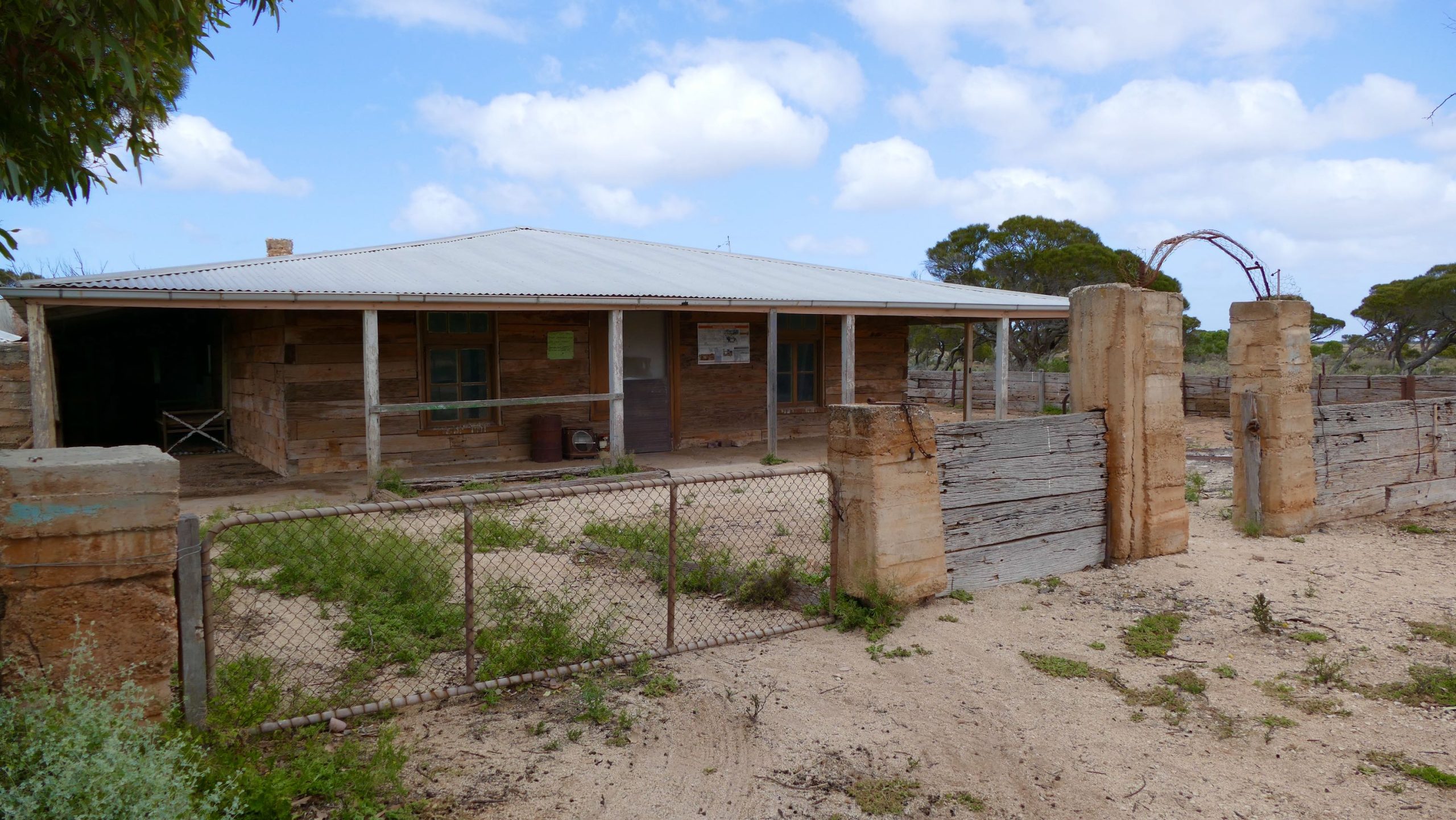
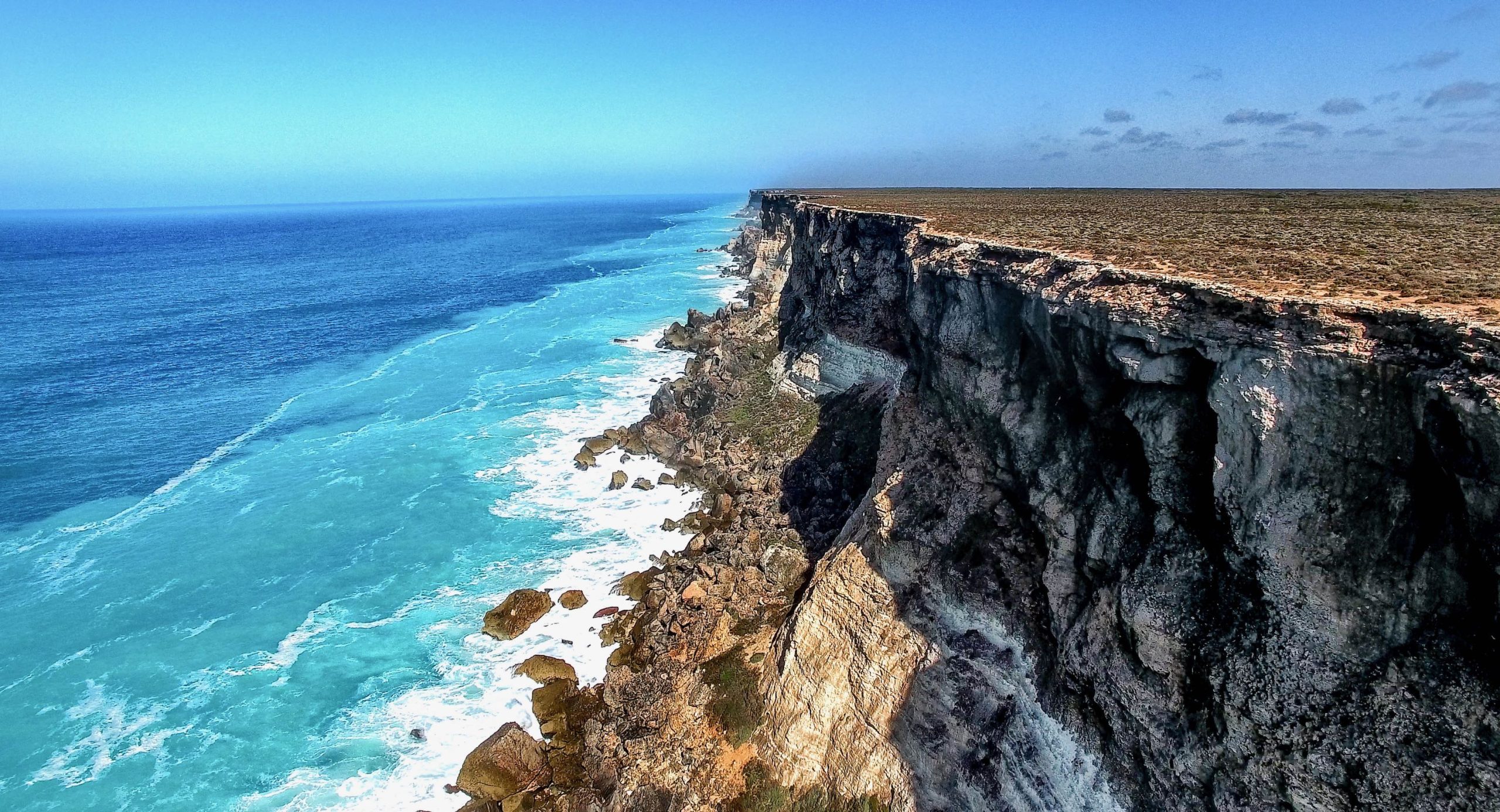
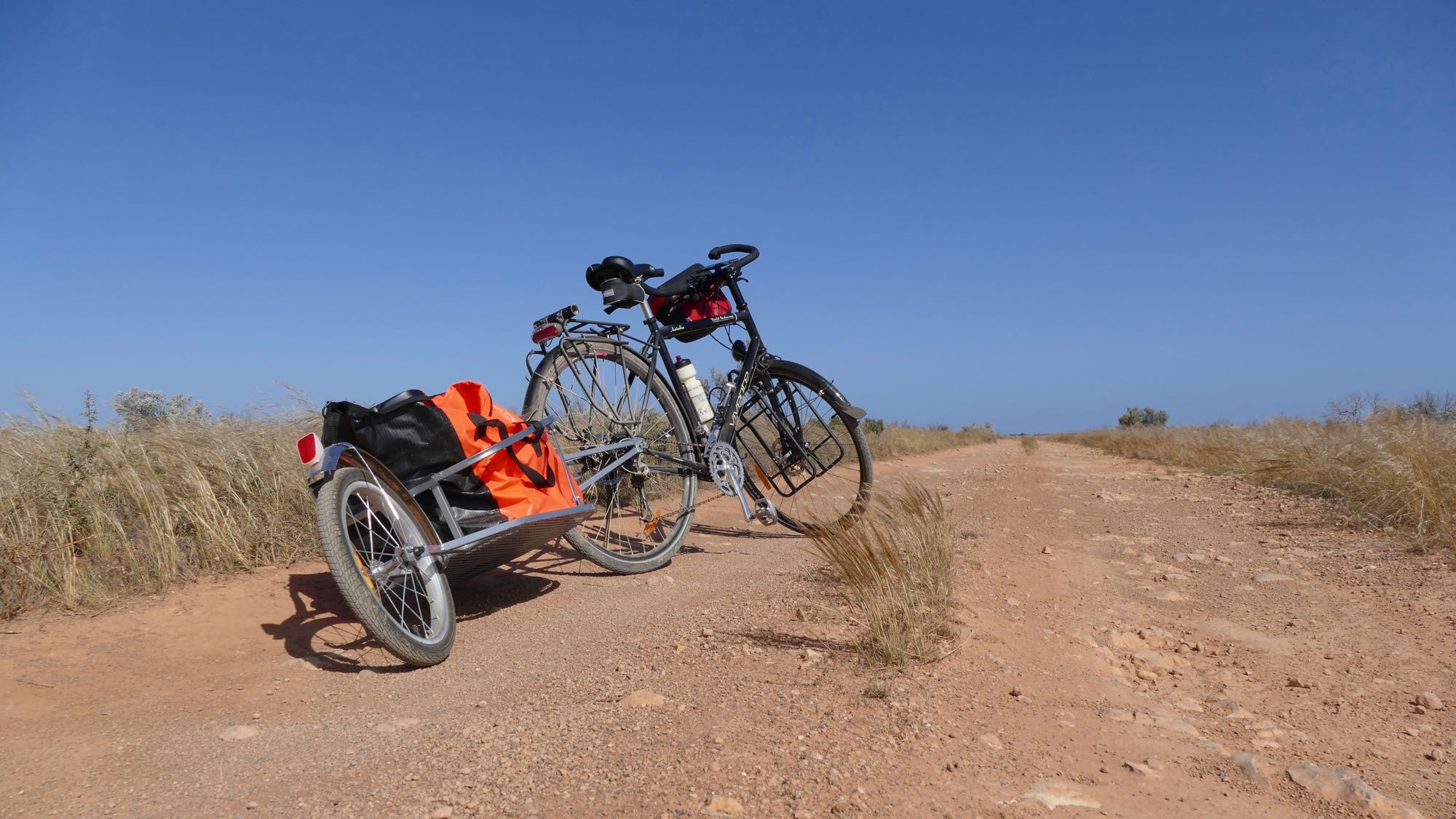
Leave A Comment